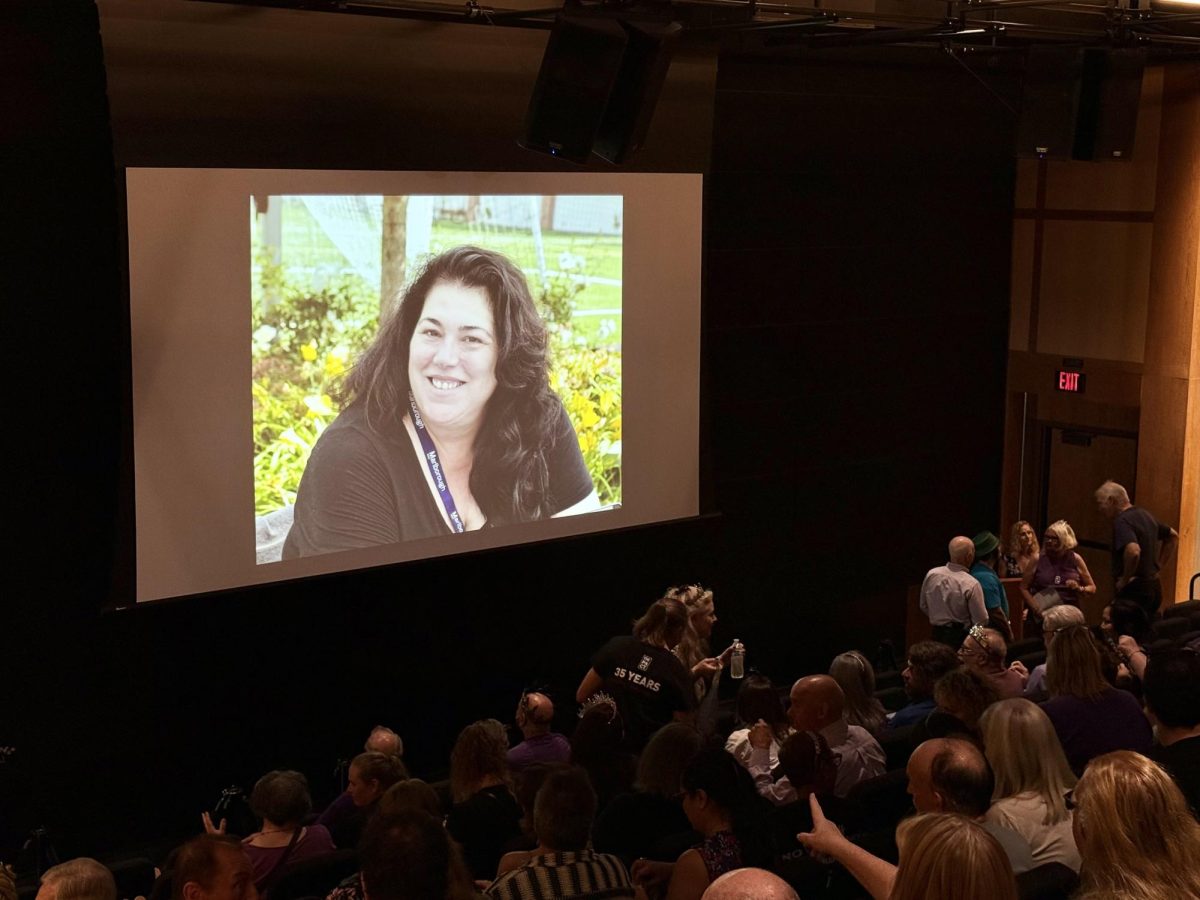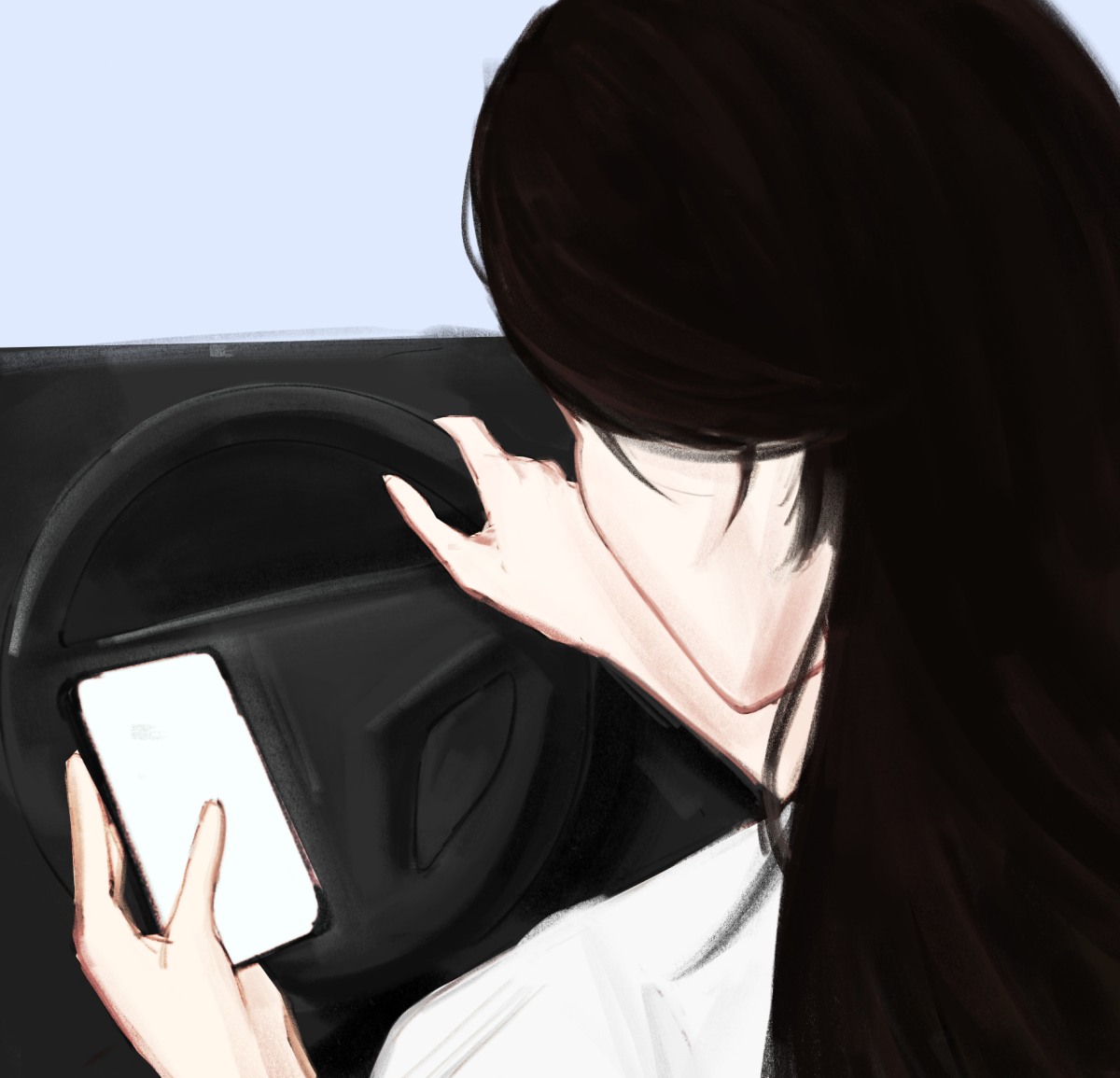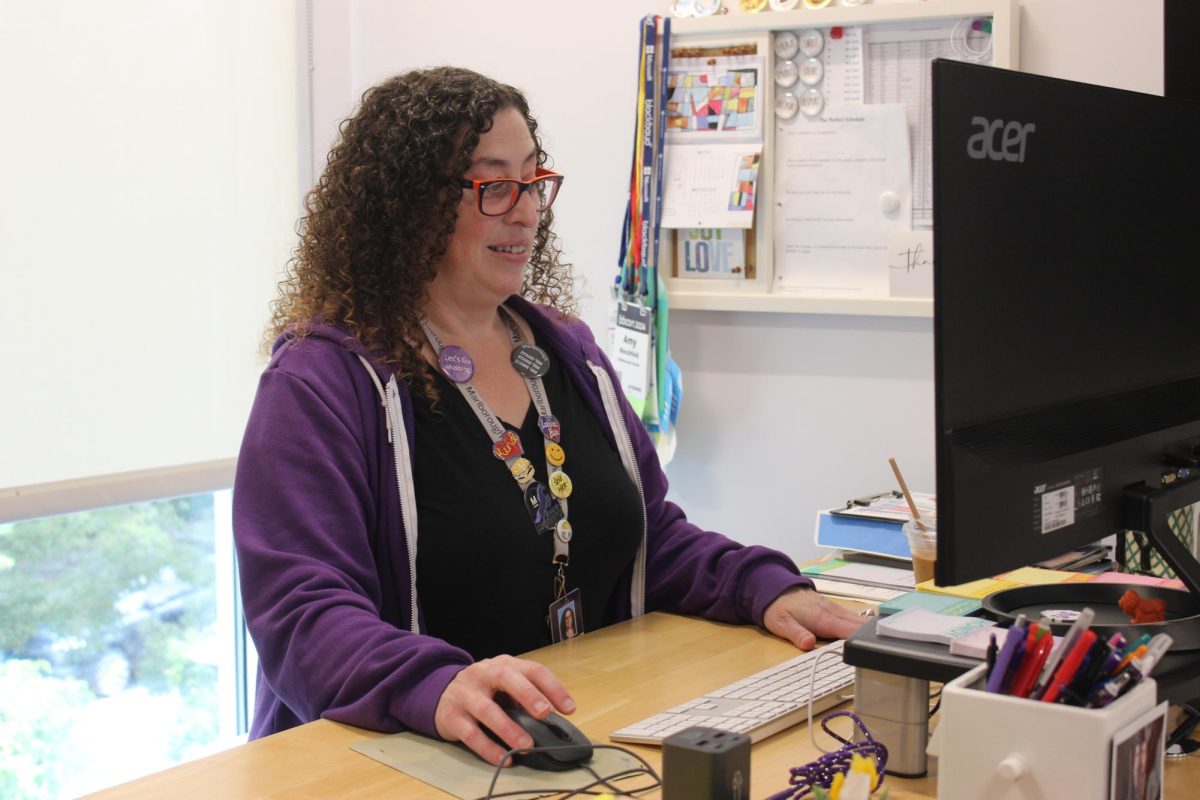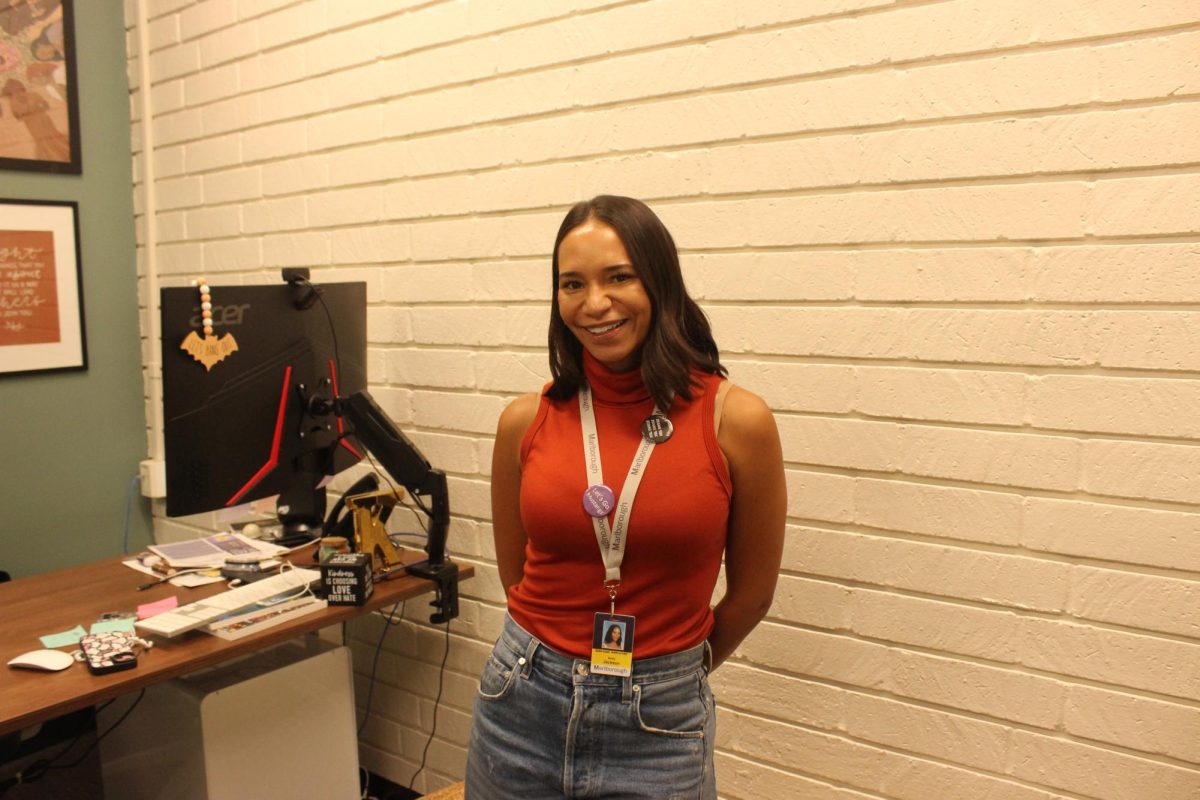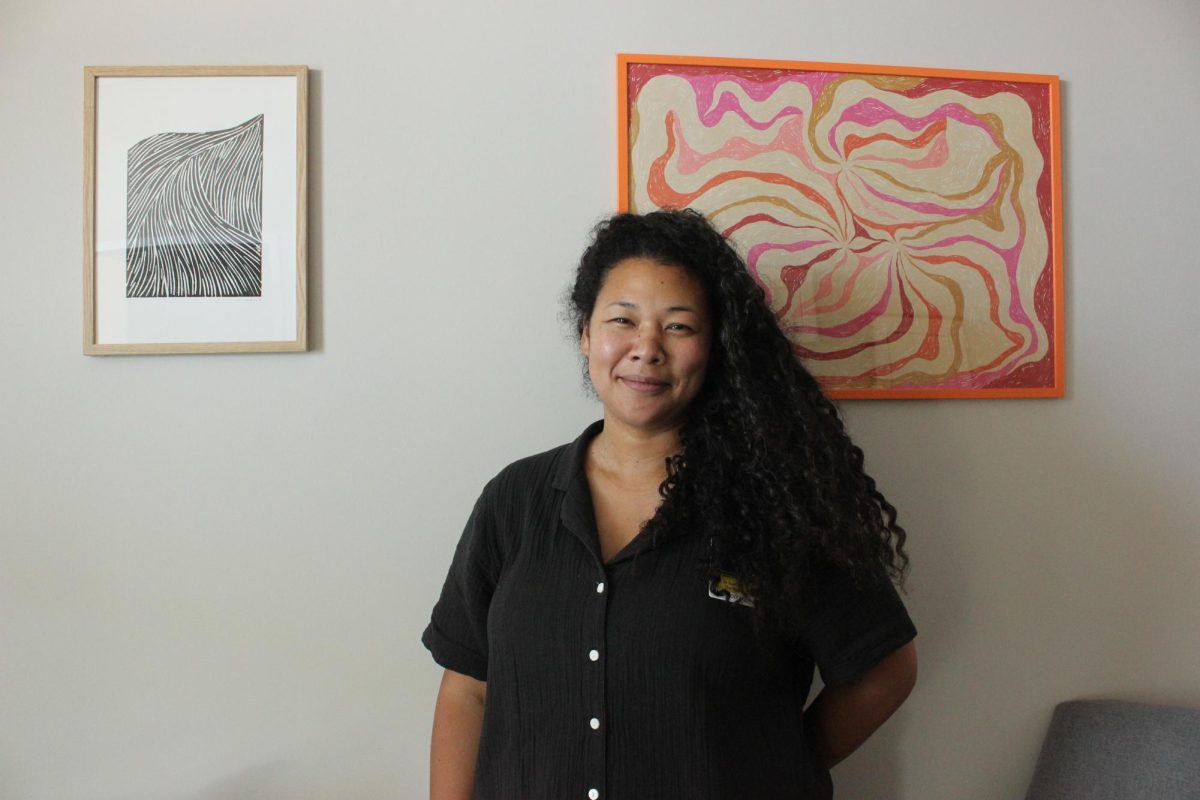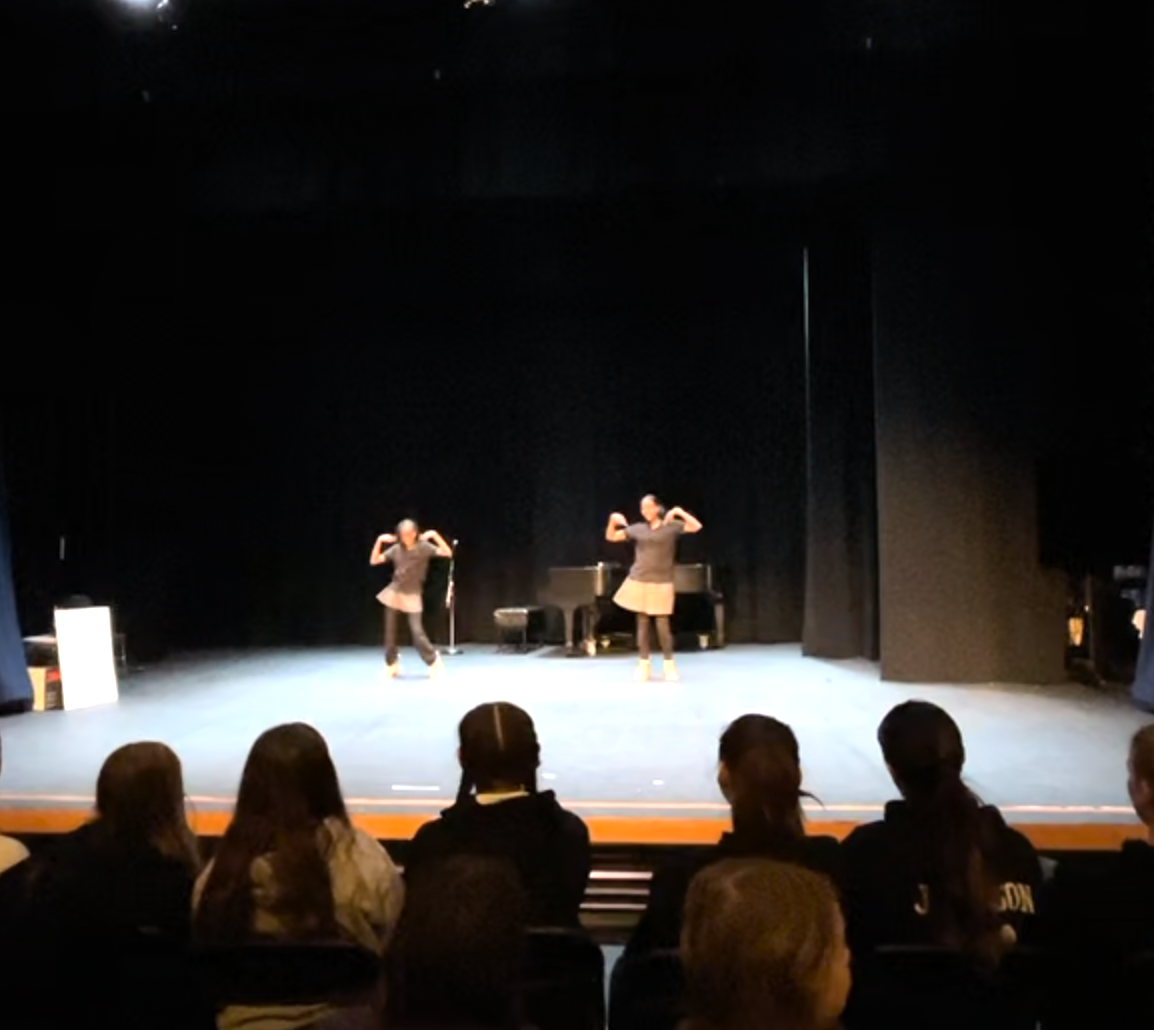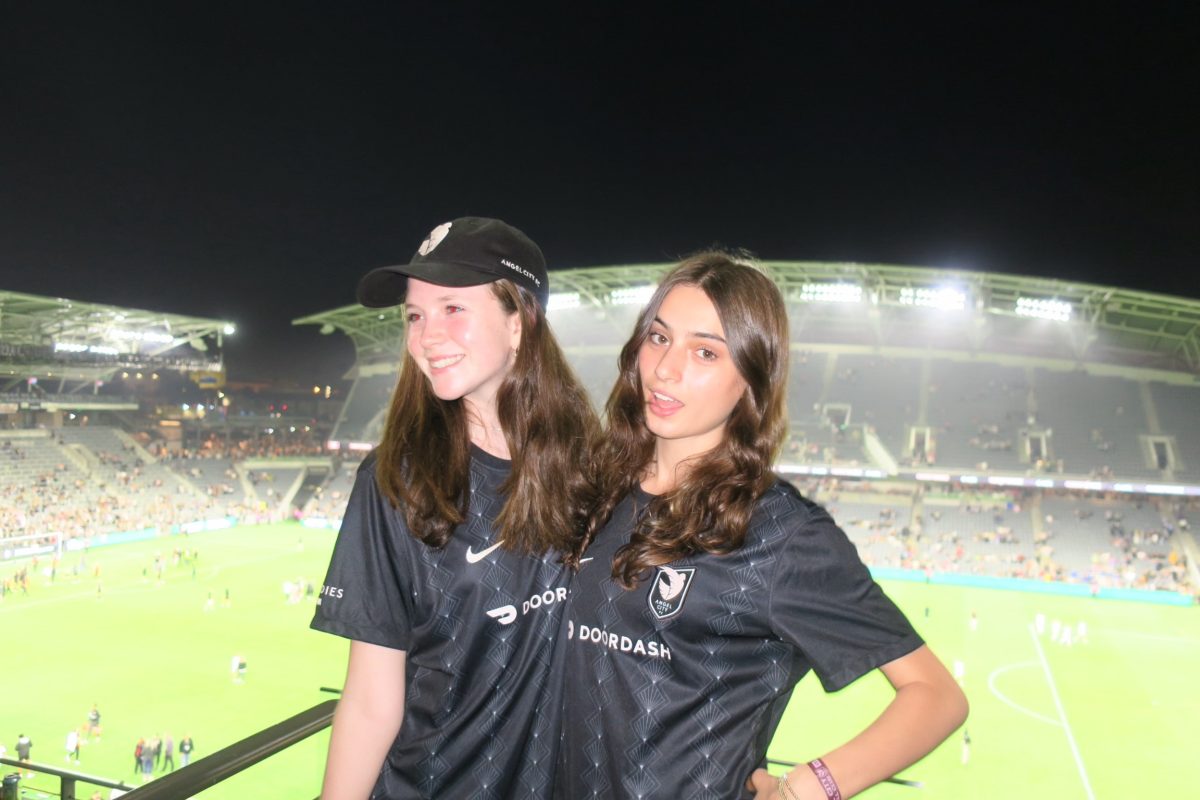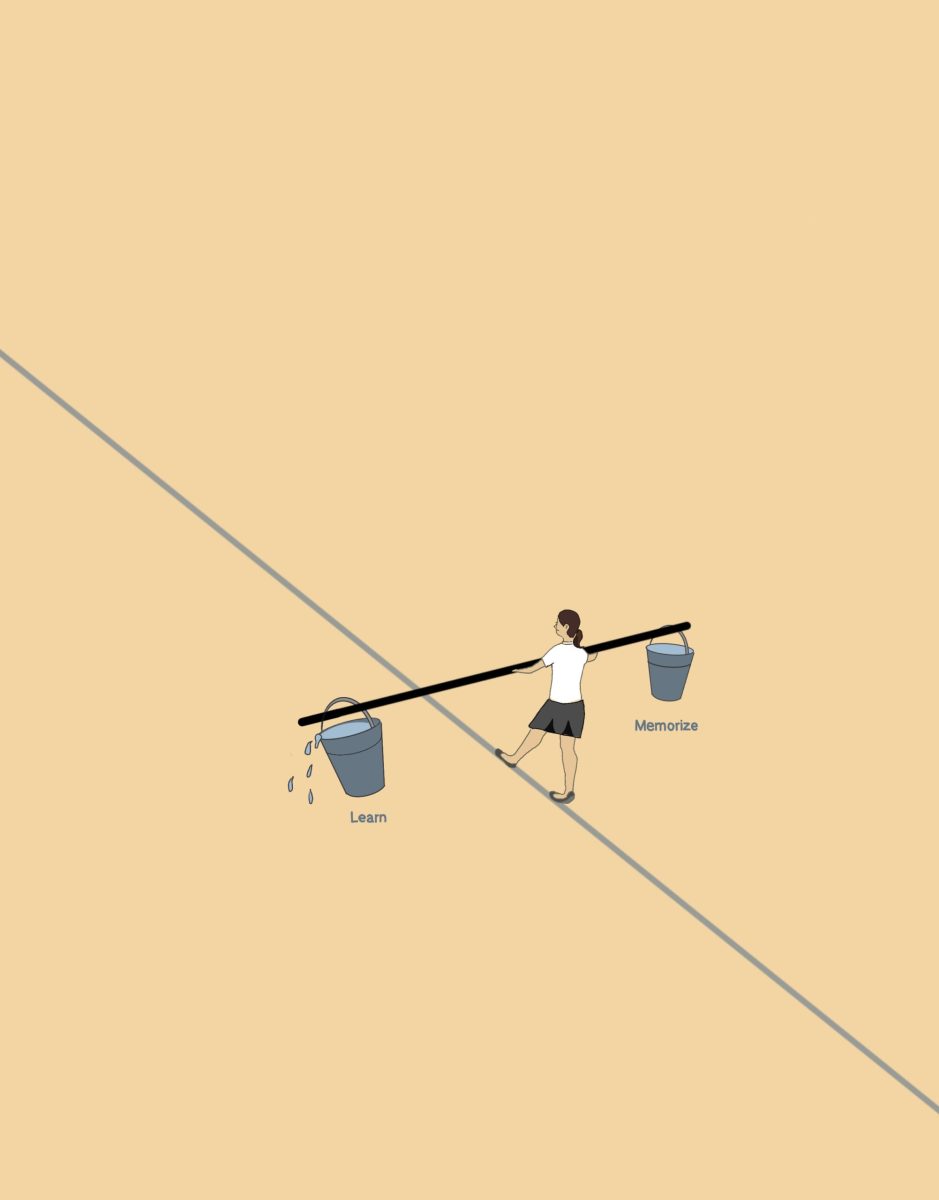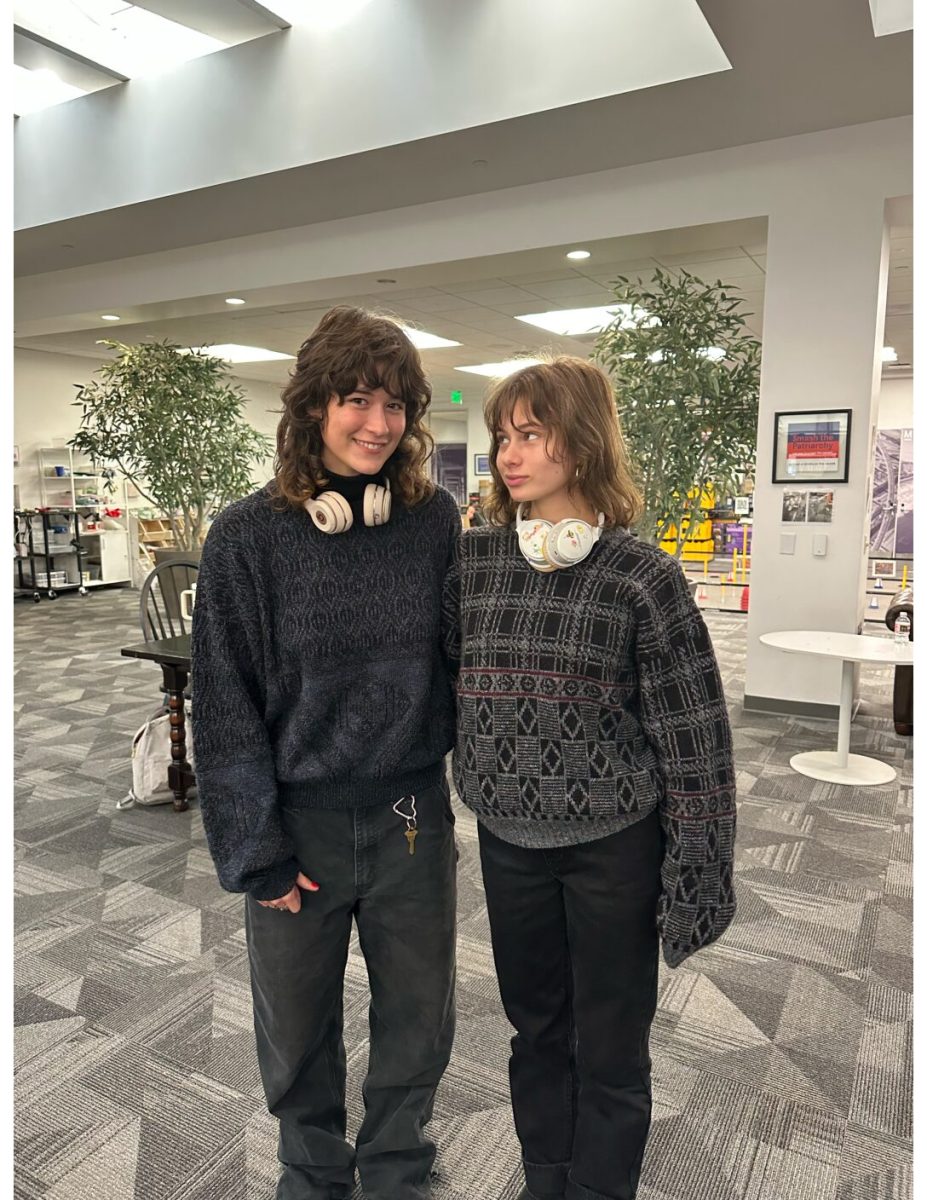Sylvia Garrett ’19 received a patent for a water purification device she designed the summer after 8th Grade. She invented a straw that uses an extensive filtration system, including an iodine treatment sieve and an ultraviolet light, to kill all of the microorganisms and bacteria living in contaminated water.
After a short trip to Rosarito, Mexico in the Summer of 2015, Sylvia’s friend became sick after drinking a Coke with contaminated ice. Although he had avoided drinking unfiltered water, the melted ice made him very sick. Sylvia said she was surprised by both the lethality of the local water and the lack of clean water.
“If he can get this sick from ice, if people don’t have access to clean water, what do they do?” she said.
After researching existing options, Sylvia designed a straw with a solar-powered system to power ultraviolet rays needed to purify the water in even the most remote places. Inspired by her science classes, she researched the most effective ways to kill bacteria and living organisms.
“[The research] was [all] done online. For multiple days, I looked at methods of filtration – what they do, how they work, how they would be effective, and how I could incorporate them into the straw,” she said.
Next, Sylvia sketched out digital, preliminary drawings of what she wanted the straw to look like and consist of. With her design completed, she filled out an application from LegalZoom.com, a website that provides legal documents like her patent form.
“You have to describe what your patent is [in the application] and that part is kind of hard because you have to be insanely specific or else it won’t go through the way you want it to,” she said.
Together with a patent lawyer, she reviewed her patent and made necessary edits. Sylvia sifted through similar products on the market that The United States Patent and Trademark Office sent her and found that although the straw itself couldn’t be patented, the method of filtration could potentially be secured because no one had ever thought of her specific combination before.
Sylvia discovered her patent had been accepted 15 months after she sent in her application.
After she got news of the patent, she immediately started to think about her next steps: manufacturing and selling her product.
“I was thinking of doing a one-for-one thing like Tom’s does. For every wealthy traveler that buys a straw, a straw would go to… someone that doesn’t have access to clean water,” she said.
Working with science instructor Andrew Witman to create a physical representation of her product using the School’s new 3-D printers, she hopes to produce a prototype in the next couple months. They are using a program called OnShape, a type of computer-aided design.
“We started to model it. We took her two-dimensional drawings and basically translated those into three dimensions… Once you model each individual part, you can see how things will fit together in a virtual world before you see how they fit together in the real world,” Witman said.
Sylvia is also working to share her experience with the Marlborough community. She is the president of a new club this year called Patent Pending, which encourages other students to address global issues through creating impactful solutions to problems and setting new standards for women across the world.
“The club is not only a good way to help each other create new inventions, but to challenge stereotypes [of women],” Sylvia said.
She said that she would apply for another patent if she found another cause that she is passionate about. In the meantime, she is inspiring other Marlborough students to make their dreams a reality.
“If you have an idea, don’t brush it off. Don’t think you’re too young. Just go for it,” Sylvia said.

